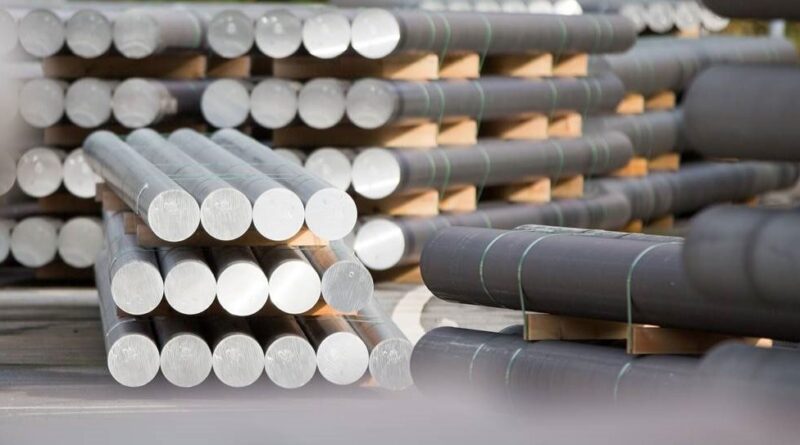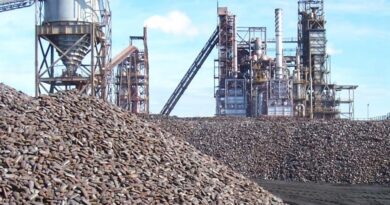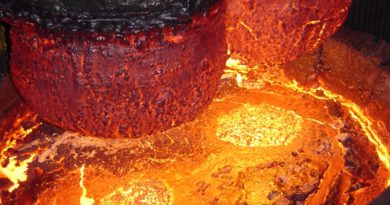Aluminium production is particularly energy-intensive
Prices of aluminium have soared since hitting pandemic-era lows of around $1,440 in April 2020 as economic activity recovered and demand for the metal surged from manufacturers of cars, aircraft and household appliances.
Some manufacturing stutters have been apparent along the way, particularly in the past three months as the worldwide shortages pof semiconductor chips are constraining production in the automotive sector, in which aluminium is an extensive component in car manufacture.
This month, however, as the global energy price surge has intensified, aluminium has risen 10% as input costs for production of the metal have risen sharply.
ENERGY AND EMISSIONS
Aluminium production is particularly energy-intensive, with each tonne of the metal produced requiring around 14 megawatt hours (MWh) of power.
Furthermore, as around 280,000 cubic metres (m3) of gases are emitted for every tonne of aluminium produced, some of the biggest producers of the metal, such as China, have introduced production curbs to cut emissions.
According to Statista data, as China is the world’s leading alimunium producer, therefore the country’s decision to introduce such curbs to its aluminium production is having a serious impact on the industry.
“With this in mind, and given China’s ongoing efforts to cut pollution by curbing the output of several high-polluting metals from steel and two of the so-called green metals – aluminium and nickel – we continue to see underlying strength, resulting in higher prices for green metals,” said Ole Hansen, head of commodity strategy at Saxo Bank.
Alongside aluminium, other metals prices were also higher by mid-day on Thursday, with zinc up 4.97% at $3,409 a tonne, lead up 3.38% to $2,254.50 a tonne and nickel rising 3.43% to $18,865. Copper also gained 1.06% to $9,387.60.
ALUMINIUM SCRAP RECYCLING TO MEET 50% DEMAND BY 2050
Aluminium is one of the most recyclable materials. The post-consumer scrap intake comes from three main sources – packaging, vehicles, and building and construction – according to IAI. In 2019, global aluminium scrap use hit a record 20 million tonnes for the first time since IAI started recording the data 70 years ago.
Marlen Bertram, IAI director – scenarios and forecasts, said: “Aluminium demand is expected to increase by about 80% in 2050, and the IAI forecasts that recycled aluminium could meet half of that demand.”
“With ambitious collection targets for used beverage cans and improved recycling technologies for foil, this rate could even be higher.”




